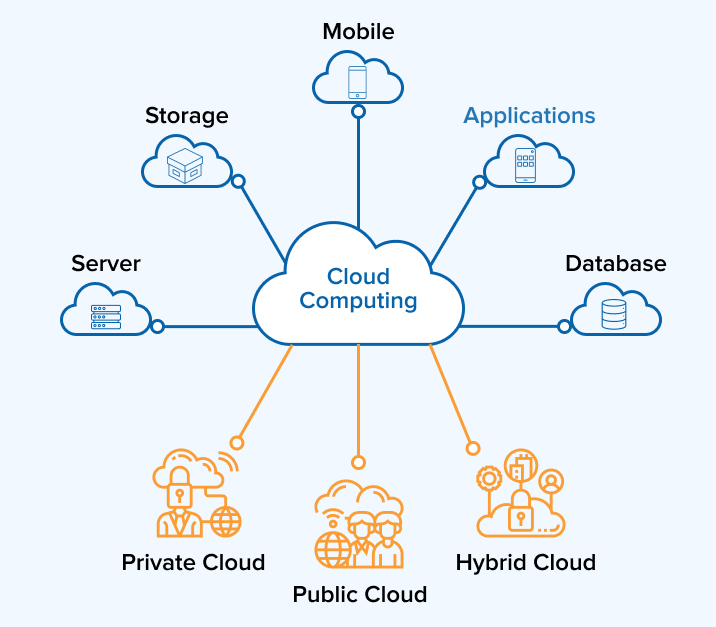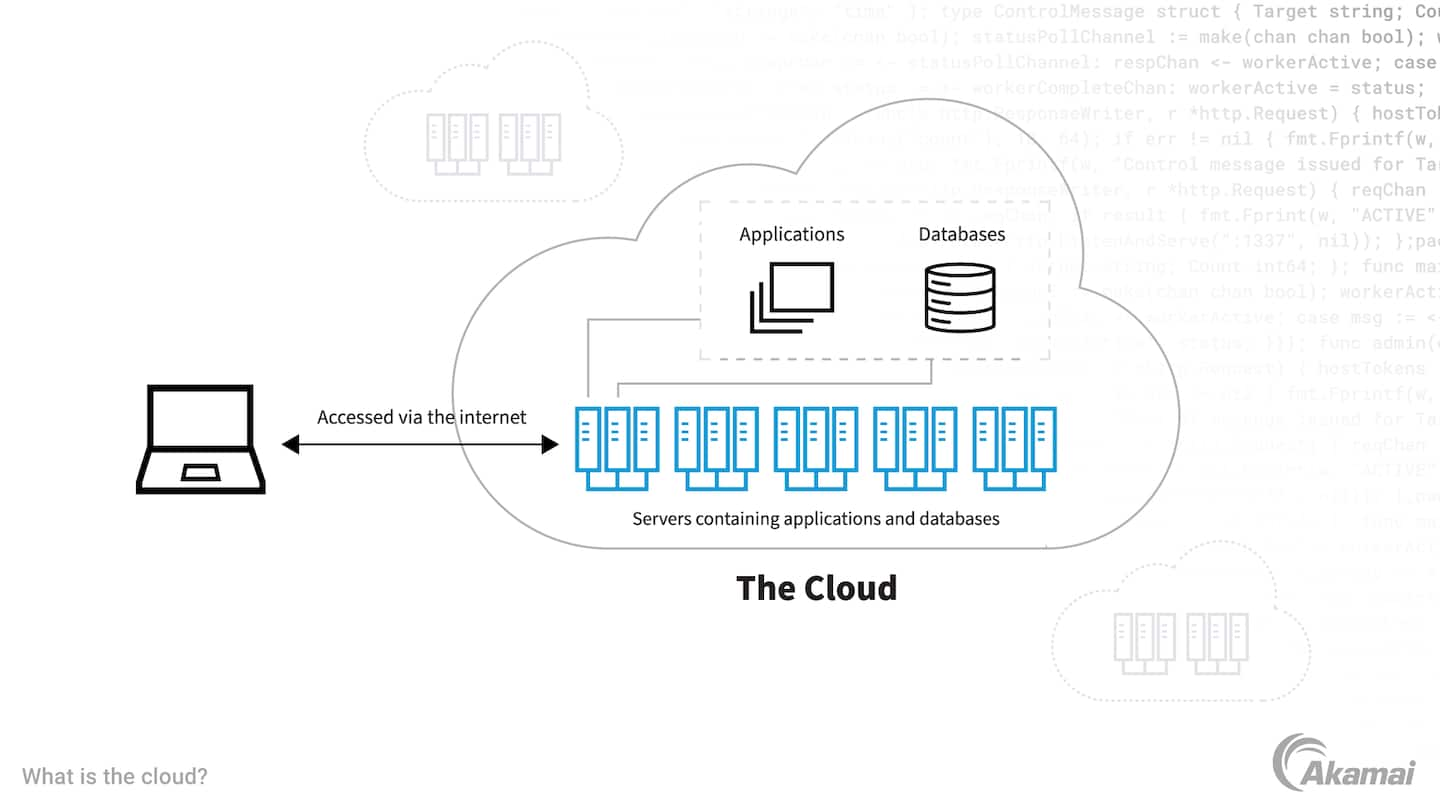Understanding LinkDaddy Cloud Services: The Ultimate Overview to Cloud Services Press Release Techniques
Understanding LinkDaddy Cloud Services: The Ultimate Overview to Cloud Services Press Release Techniques
Blog Article
Simplify Your Infrastructure With Cloud Solutions
As organizations navigate the ever-evolving landscape of modern technology and data management, the role of cloud solutions in streamlining facilities has actually come to be increasingly famous. How can organizations effectively navigate this shift and truly unlock the capacity of cloud solutions for simplifying their facilities?
Advantages of Cloud Services
Cloud services provide a streamlined technique to handling IT framework, supplying companies with cost-efficiency, adaptability, and scalability. One of the essential benefits of cloud services is the scalability they provide. Companies can quickly scale their resources up or down based on demand, ensuring they only spend for what they make use of. This flexibility is specifically advantageous for organizations with changing requirements or those experiencing growth.
In addition, cloud services get rid of the demand for services to buy costly equipment and software application. This cost-efficiency is a considerable advantage, especially for little to medium-sized business looking to decrease in advance expenses. By using cloud solutions, companies can access premium IT resources without the substantial price associated with traditional framework configurations.
Moreover, cloud solutions offer organizations with the versatility to access their information and applications from anywhere with a web connection. This degree of accessibility enhances cooperation among teams, allows remote job, and boosts total efficiency. The adaptability offered by cloud services equips organizations to adapt rapidly to transforming market problems and client needs.
Cost Cost Savings and Scalability
Along with the functional advantages highlighted previously, the integration of cloud services right into a business's infrastructure generates substantial expense financial savings and enhanced scalability. Cloud services offer a pay-as-you-go version, allowing services to range sources up or down based upon current needs, consequently staying clear of the expenses linked with maintaining excess ability. This adaptability enables companies to adapt quickly to fluctuating needs without sustaining unnecessary costs.
Additionally, cloud solutions remove the demand for ahead of time financial investments in equipment and software, decreasing capital investment. Business expenses are likewise lessened as business no more require to take care of and keep physical servers, leading to reduced energy usage and IT staffing costs. In addition, cloud services offer automatic updates and upkeep, making sure that the facilities remains up-to-date and secure without calling for hands-on interventions.
Boosted Security Measures
Applying strict safety and security steps is critical when integrating cloud services into a business's infrastructure to safeguard sensitive data and guarantee compliance with sector regulations. Cloud service carriers offer boosted protection features such as data security, firewall program security, and multi-factor verification to minimize cybersecurity dangers.
Additionally, regular security audits and compliance analyses assist ensure and recognize vulnerabilities adherence to industry standards. Business can likewise benefit from attributes like automatic security updates and real-time hazard surveillance supplied by cloud provider. By focusing on safety and security procedures and remaining proactive in dealing with possible threats, services can with confidence take advantage of cloud solutions while shielding their beneficial data from unapproved access or breaches.
Transitioning to Cloud Infrastructure
To effectively integrate cloud services right into a visit this website business's infrastructure, an organized approach that resolves the change in the direction of cloud-based services is crucial. Transitioning to cloud infrastructure includes mindful preparation and execution to ensure a smooth migration procedure. The very first action is to evaluate the existing framework and identify which applications and systems appropriate for migration to the cloud. This analysis should consider variables such as data sensitivity, compliance demands, and efficiency demands.
Once the assessment is total, a movement technique ought to be established. This strategy ought to detail the timeline, sources, and obligations for moving each element to the cloud. It is important to connect this strategy plainly to all stakeholders to ensure alignment and minimize disturbances throughout the change.
Throughout the movement screening, tracking and process are essential to identify and attend to any type of issues without delay. Regular checkpoints need to be established to track progression and make needed modifications. Additionally, training for staff members on utilizing cloud solutions must be supplied to make sure a successful change and optimize the benefits of the try this web-site brand-new facilities.
Best Practices for Cloud Fostering
Successful fostering of cloud services depends upon the tactical alignment of organization goals with technical capacities and business readiness. To make sure a smooth transition to the cloud, companies need to start by performing a detailed assessment of their existing facilities and recognizing which workloads are best fit for cloud migration. It is important to entail essential stakeholders from various departments in the decision-making procedure to acquire buy-in and resolve any worries at an early stage.
Another best technique for cloud fostering is to focus on safety and security and conformity. Organizations must carefully review the protection measures supplied by cloud solution suppliers and make certain that their data is safeguarded according to industry requirements and governing requirements. Executing robust information security, access controls, and regular safety audits can assist reduce threats connected with cloud fostering.

Conclusion

As companies browse the ever-evolving my review here landscape of innovation and information management, the duty of cloud services in streamlining infrastructure has ended up being progressively prominent - universal cloud Service. Exactly how can services effectively navigate this change and truly unlock the capacity of cloud solutions for simplifying their facilities?
Cloud solutions offer a streamlined technique to managing IT infrastructure, offering organizations with cost-efficiency, scalability, and adaptability. By making use of cloud services, companies can access high-quality IT sources without the large cost tag linked with traditional infrastructure setups.
To ensure a smooth shift to the cloud, companies need to begin by carrying out a thorough assessment of their present facilities and determining which workloads are best suited for cloud movement.
Report this page